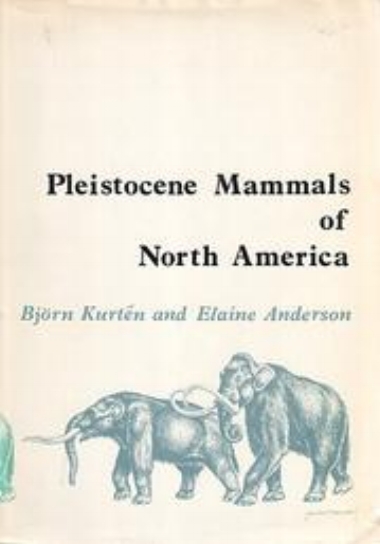Faculty Picks: Sartre, Gyasi, Kurtén
Richard Adams Carey-- Jean-Paul Sartre’s eerie first novel, Nausea, published in 1938, could not be described as plot driven. Action? Well, protagonist Antoine Roquentin is a writer (and a loner) struggling to finish a biography of minor 18th century politician, to rekindle a romance with a former lover, and to resist the blandishments of a lonely autodidact who will be revealed to be a pedophile.
The real action is all within. Roquentin’s primary adversary is something that might be viewed as depression, but for Sartre it’s an especially clear-eyed grasp of the human condition. Trivial moments and objects are described in revelatory detail, in passages that ring with both their beauty and the hollowness glimpsed at their core. The result for Roquentin is a sense of nausea that “spreads at the bottom of the viscous puddle, at the bottom of our time—the time of purple suspenders and broken chair seats; it is made of wide, soft instants, spreading at the edge, like an oil stain.”
The novel is written in diary form, and its final sentence—“Tomorrow it will rain in Bouville”—is life-affirming in the sense that at least there will be a tomorrow. Sartre’s hero endures, and if we could read his description of that rain, the imagery would be stunning.
Jo Knowles-- I recently read and loved Homegoing by Yaa Gyasi (Knopf, 2016). It's a riveting historical novel that follows the descendants of two sisters born on the Gold Coast of Africa who were separated by slavery, and the horrors that follow for generations, both in Africa and in America. The plotting, the characterization, the deep emotional punch every chapter packs is remarkable. Each chapter reads not so much like a short-story but a novella, and by the end of each, you feel cheated by having to leave the character you've just come to care deeply about. It's a masterful novel that explores the development of institutional racism and the deep and lasting impact of slavery that much of America still has not fully grasped.
Craig Childs-- I was asked what I’d read last. Having just finished writing two books in the past few weeks I thought, do I even read books anymore?
Then I remembered my research. Towers of it. The last book was Pleistocene Mammals of North America by the eminent, late paleontologist Björn Kurtén and his late co-author, born in Leadville, Colorado, osteologist Elaine Anderson, a dear friend who worked an Ice Age field camp with me in the 90s.
Printed in 1980, Pleistocene Mammals remains the hardcover manual on the general distribution, habitat, and fossil specifications for Ice Age animals, or anything else to live on this continent in the last couple million years. The drawings of teeth and jaws, jumping mice and mammoths, are simple, clean, and scientific. The language is often clinical, “the posterior mandibular foramen is larger than the anterior...”
But it’s a book that tells you something, a sort of time machine. You pass through pages showing ranges of sabertooth cats and Ice Age seals, and a world is reborn.
To write, you are not just in your own head, not just reading as a lark. Reading becomes solid work. You have to learn different ways stories can be told. Call it research, or world-building, this is where the good stuff is.



